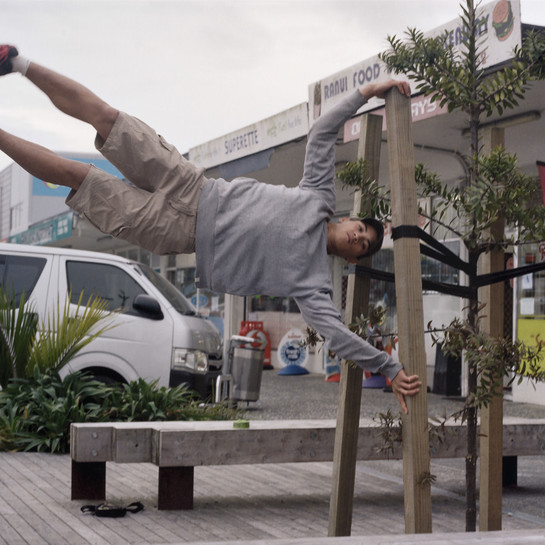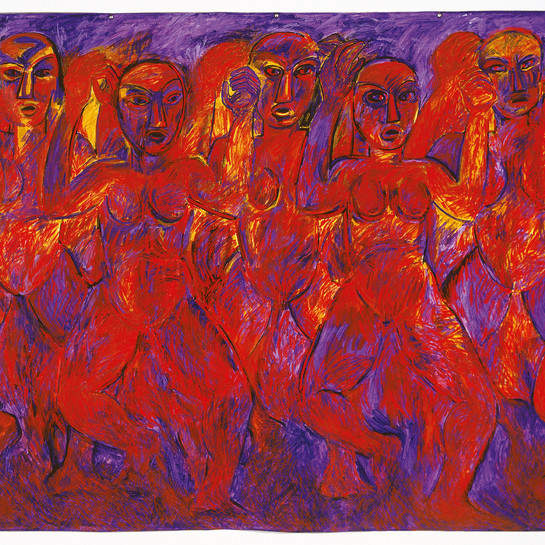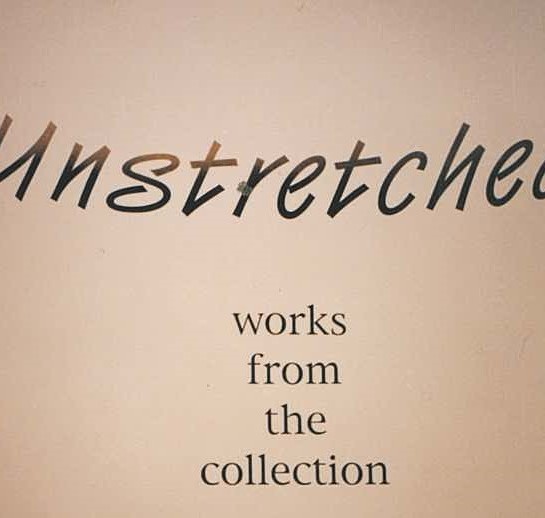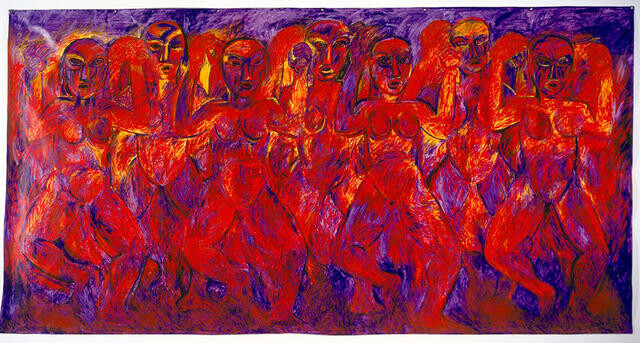Robyn Kahukiwa
Australia /
Aotearoa New Zealand, b.1938, d.2025
Ngāti Porou,
Te Aitanga-a-Hauiti,
Te Whānau-a-Ruataupare,
Māori
Tena I Ruia
- 1987
- Acrylic on canvas
- Purchased 1989
- 2075 x 4025mm
- 89/116
Tags: dancers, Expressionist (style), Māori (culture or style), nudes (representations), people (agents), performing artists, red (color), women (female humans)
While most haka are performed by men, some iwi have traditions of female haka. Here, Robyn Kahukiwa has painted women from her own Ngāti Porou iwi performing their haka – an event which has on occasion provided women with a means of articulating their fight for social justice.
Robyn’s depiction of mana wāhine is derived from traditions of Māori carving – another means of expression usually associated with male practitioners. Robyn says that Tena I Ruia represents “a form of challenge to Māori and Pākehā to show that we have the drive towards self-determination and the affirmation of tangata whenua status. […] As Māori women we need to reaffirm our place in Aotearoa and be accorded the same status that once was ours in traditional culture.”
(Perilous: Unheard Stories from the Collection, 6 August 2022- )
Exhibition History
We do this,12 May 2018 - 26 May 2019
While most haka are performed by men, some iwi have traditions of female haka. Here Robyn Kahukiwa has painted Ngāti Porou women performing their haka – an event which has on occasion provided women with a means of articulating their fight for social justice. Kahukiwa’s depiction of mana wahine is derived from traditions of Māori carving, which is another means of expression traditionally – but not always – associated with male practitioners.Kahukiwa has stated that Tena I Ruia represents “a form of challenge to Māori and Pākehā to show that we have the drive towards self-determination and the affirmation of tangata whenua status”.“As Māori women we need to reaffirm our place in Aotearoa and be accorded the same status that once was ours in traditional culture.”
(We do this, 12 May 2018 - 26 May 2019)
Tena I Ruia shows seven Maori women performing a haka. The haka is a dance only performed by men in most Maori tribes. However, Robyn Kahukiwa’s iwi, Ngati Porou, has traditionally sanctioned a haka for women to articulate their concerns. This painting is a powerful example of Kahukiwa’s interest in showing Maori women as active forces in Maori and Pakeha society. Tena I Ruia is also a strong example of Kahukiwa’s characteristic integration of traditional and contemporary materials, styles and subject matter. The work is Expressionist in style. The expressive brushwork, the intense colours and the deliberate distortion of natural shapes combine to show the emotions of the artist. Early Expressionist painters often used African and Polynesian images, so here Kahukiwa has effectively taken back, or reappropriated, her cultural images. Kahukiwa was born in Sydney, Australia and trained as a commercial artist. In 1959 she moved to New Zealand and has become known for paintings that celebrate the mana of Maori, especially women.



